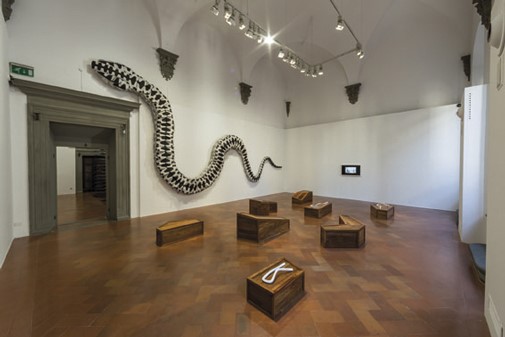
If we are to place a date of birth for contemporary China, we should choose the 1970s. To be more exact, February 1972, when the American president Richard Nixon went, for the first time, on an official visit to Beijing. A historic event of exceptional magnitude that would have impressed a turning point in international affairs for the following decades. It is therefore necessary to contextualize it.
The Chinese communistic leadership, led by Mao Zedong, the ‘great helmsman’, had left behind a relentless centuries-old struggle to assert the independence and self-determination of the country. The conflict with the European colonizers, who tried to subdue the Asian giant and divide it into areas of influence, had already started in the mid-nineteenth century. While the Japanese, in turn, had occupied several areas of the country, with the intention of expanding Tokyo’s influence on the entire continent. Furthermore, there was the revolution and civil war between nationalists and communists. It wasn’t until 1949 when the weapons became silent, with the withdrawal of the nationalists in Taiwan (then Formosa) and the founding of the People’s Republic of China.
Torn apart by hundreds of years of conflict, the immense Asian country, had to meet the most basic needs of the population, in addition to rebuilding the social and economic fabric. Food, health and education had to be guaranteed without expecting help from the international community; which did not recognize Popular China, even in the UN, preferring Taiwan’s nationalist China. Assistance from the USSR, conditional on the recognition of the Soviet leadership by the Beijing leadership, was unacceptable. Therefore, the communist China lived its first decades in a planetary isolation, which was dealt with the words “self-sufficient”. China had to suffice and equip itself, as far as possible, to repel any military attack on its territory.
In this autarchic climate, the evolution of social progress took place slowly, and dangerously for the maintenance of social order. So much so that the two attempts at acceleration (the “great leap forward” and the “cultural revolution“), inspired by Mao Zedong, proved to be a total failure.
It was necessary to make a change in Beijing’s foreign policy, with the opening to aid by western countries. But the gerontocracy at the helm of the Party was discreet, fearing it would result in the return of the capitalist system in China. It was only in the seventies that the supporters of the ‘open door policy’ had managed to combine the help of capitalist countries with the ideological foundations of Maoist Marxism, without creating any conflict.
On the other side of the Pacific Ocean, the readiness for a general agreement with Beijing was growing. There are two reasons: on the one hand, the US wanted to counterbalance the strength of the USSR by acquiring a powerful ally like China behind Moscow. On the other hand, it was possible to open up a market, in the 1980s, which would have reached a billion consumers.
The “enlightened” communism of Deng Xiaoping
In 1971 the UN had resolved to accept the Beijing delegate as the representative of the nationalist Chinese state, which was replacing that of Taiwan. Nixon’s 1972 trip to China was therefore part of a change in the West’s attitude towards the Asian state. It was part of a long-term strategy focused by Henry Kissinger where, in 1971, he had secretly met, at least twice, with Beijing leaders to prepare conditions for new U.S.-China relations. Nixon’s trip made the new agreements official, which became public in late 1972 with the Shanghai Communiqué. The U.S. recognized “one China”, considering Taiwan part of it. The contractors also stated that they did not intend to harbor hegemonic aims on the Pacific in the future, committing to intervene if a third power had made claims on this vast area.
USA and China, despite the radical difference between their political and social systems, would practice the path of peaceful coexistence.
The old guard of Beijing’s leadership was rather reluctant to abandon the principles of self-sufficiency. But, with the death of Mao Zedong, after a short struggle of succession in 1976, Deng Xiaoping emerged as the undisputed leader, Mao’s old fighting partner. Deng imposed a very pragmatic approach to the country’s problems, which summed up the Chinese way in the motto: “It doesn’t matter the colour of the cat as long as it takes the mice”. Which meant continuing on the road to opening up to the West, carefully governing the consequences. In 1979, he flew to the United States to meet with President Carter, to reassure them about China’s peaceful intentions in international policy; a position that Deng also transferred to American intellectuals by speaking at their universities. From then on, thousands of young Chinese and Party cadres went to study in American universities. Various groups of US entrepreneurs and financiers visited the Asian country to conclude trade agreements. Deng had well understood that modernization via the importation of Western technology, and the use of substantial investments in dollars.







